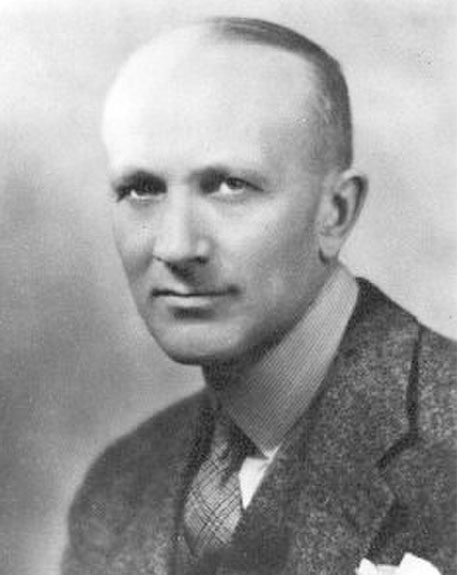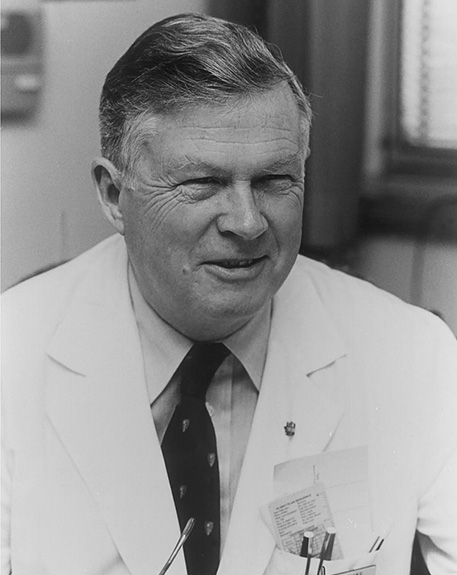2004 INDUCTEE Ernest McCulloch, MD Cells, Genetics & Genomics, Leadership in Organizational Development, Cancer
April 21, 1926
(Toronto, Ontario)
January 20, 2011
MD, University of Toronto (1948)
2010: Canadian Science and Engineering Hall of Fame
2006: Order of Ontario
See All AwardsAwards & Honours:
2010: Canadian Science and Engineering Hall of Fame
2006: Order of Ontario
2005: Albert Lasker Award for Basic Medical Research
1999: Fellow of the Royal Society of London
1988: Officer of the Order of Canada
1974: Fellow of the Royal Society of Canada
1969: Gairdner Foundation International Award
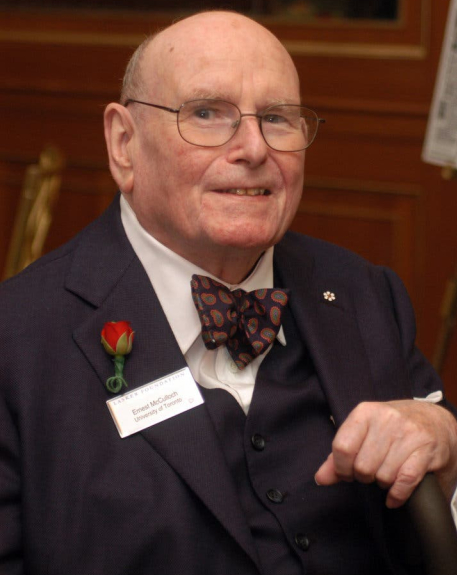
Demonstrated the existence of stem cells
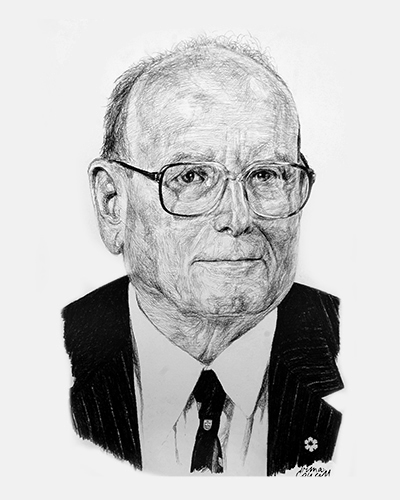
A pioneer in biomedical research
Together with his colleague, Dr. James Till, Dr. Ernest McCulloch created the first quantitative, clonal method to identify stem cells and used this technique for pioneering studies on stem cells. In addition to providing detailed information about blood cell development, they established the concept of stem cells and set the framework in which stem cells are studied today.
Beyond his research career, McCulloch worked tirelessly on numerous provincial, national and international advisory committees and provided leadership for the research division at the Ontario Cancer Institute, the Institute of Medical Science at the University of Toronto and as President of the National Academy of Science of the Royal Society of Canada.
Dr. McCulloch and Dr. James Till were jointly nominated and inducted into the Canadian Medical Hall of Fame.
Key Facts
Their work informs the current interest in harnessing the stem cells for therapeutic purposes
One of the first physicians to attempt bone marrow transplantation in Canada
Established the leukemia research program at the Ontario Cancer Institute
Designated as University Professor by University of Toronto, a title only given to one per cent of faculty members
Professional timeline
Impact on lives today
It has been argued that virtually every development in modern hematology research and therapy can be traced back to the quantitative stem cell assay developed by Till and McCulloch. The concepts they developed and their detailed descriptions of the properties of stem cells set the framework for all future stem cell research and innovation. For example, in 2010 Dr. Derek Van der Kooy used stem cells to restore sight to blind mice. Today, the expansive impact of their legacy is perhaps best reflected in the annual Till & McCulloch Meetings sponsored by the Stem Cell Network. Established in 2001, this meeting remains Canada’s premier stem cell research conference, brings together over 400 delegates to discuss on the insights Till and McCulloch inspired decades ago.
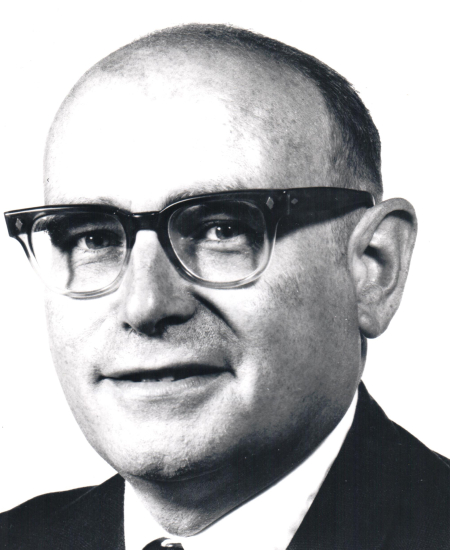
2020
-
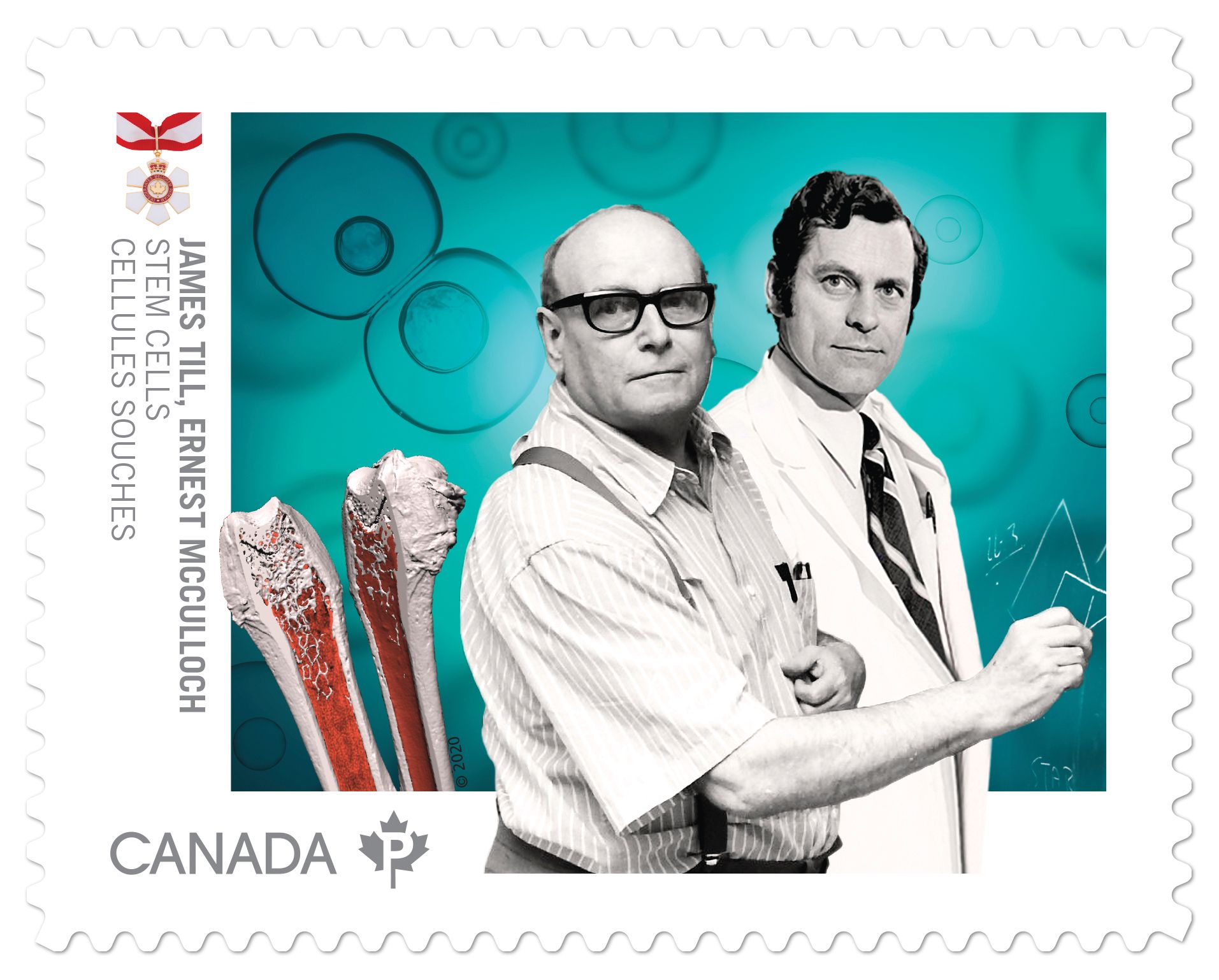
Canada Post issued five stamps honouring six Canadian physicians and researchers whose discoveries have saved lives and revolutionized patient care around the world
CMHF Laureates, Drs. Bruce Chown, Julio Montaner, Balfour Mount, Vera Peters and James Till and Ernest McCulloch were honoured in this stamp series.
-
Drs. McCulloch and Till published “Perspectives on the Properties of Stem Cells”
Cells, Genetics & GenomicsThis article discussed the future possibilities for the use of stem cells.
-
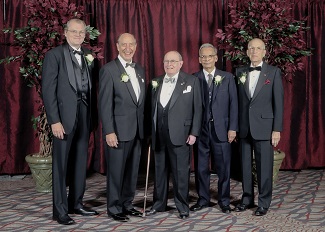
Ernest McCulloch inducted into the Canadian Medical Hall of Fame
Ottawa, Ontario
-
Pursued his interest in leukemia research
Cells, Genetics & Genomics, Blood, CancerHis work strove to define and manipulate cellular and molecular mechanisms affecting the growth of malignant blast stem cells obtained from the blood of patients with Acute Myeloblastic Leukemia.
-

Along with Jack Laidlaw, Dr. McCulloch created the Institute of Medical Science at the University of Toronto
Health and Medical Education & TrainingThe program was created to provide formal research training for clinical scientists in clinical departments. Dr. McCulloch severed as Director of this program for three years.
-
Ernest McCulloch and James Till published their findings in "Nature"
Cells, Genetics & GenomicsIn the article, Till and McCulloch demonstrated that spleen colonies arose from a single cell.
-
Drs. McCulloch and Till published their original paper describing stem cells in Radiation Research
Cells, Genetics & GenomicsIt was the first paper to demonstrate that normal cells had a radiation sensitivity almost identical to that measured for numerous tumour cells in vitro and had an major influence in theories of radiation sensitivity.
-
For the next 15 years, Drs. McCulloch and Till pursued stem-cell research
Cells, Genetics & GenomicsIn particular, they explored stem cells’ ability to produce multiple kinds of cells. Their research also pointed to the possibility of isolating viable stem cells.
-
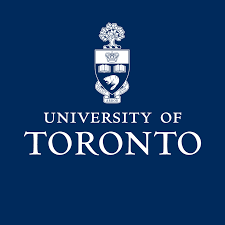
Received his MD from The University of Toronto
Upon graduation, he began his research training at the Lister Institute in London, England.
1948
He had an original mind and an unbounded imagination.

